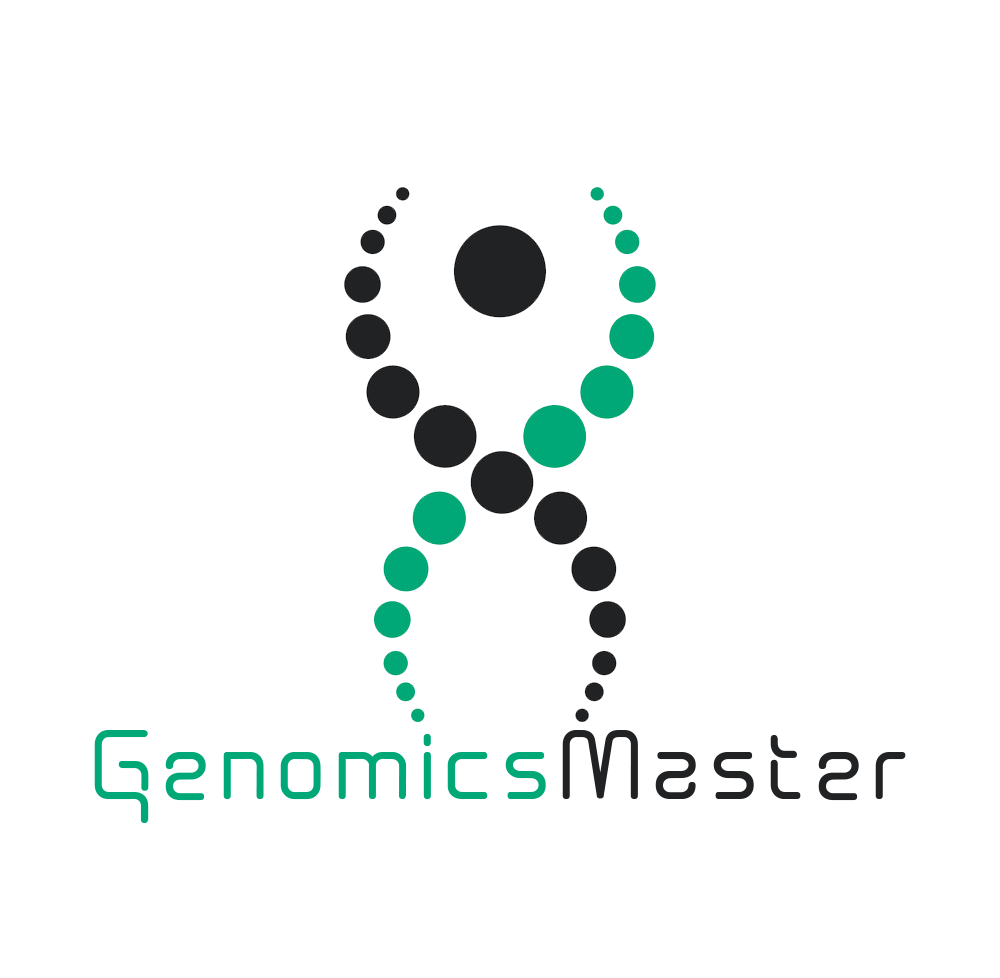NLP is the computational extraction of meaning from natural human language. These algorithms take as input a document, or potentially the output from automatic speech recognition, and output a useful transformation of the document. This transformation could be language translation, document classification, summarization, or extraction of higher-level concepts described by the text. Typical NLP algorithms involve syntactic analysis, which involves parsing the written text in a variety of ways to extract useful computational representations of language (by sentence breaking, tagging parts of speech, and standardizing inflected word forms, for example), followed by semantic analysis to extract meaning and/or the identification of named entities from the text. A wide variety of neural network architectures have been developed for NLP depending upon the target outcome, from sequence-to-sequence networks and other RNN variants for language translation , to CNNs to extract higher-level interpretations of the text .

A major challenge that is addressed by NLP is the variety of synonyms, phrases, and interrelated concepts that can be used to express a singular meaning. This problem is especially pronounced in clinical applications where controlled vocabularies are numerous and in constant flux. Thus, NLP has been effectively used to automatically standardize and synthesize these terms to produce predictions of current and future diagnoses and medical events . Similarly, NLP can be used to make health information more accessible by translating educational materials into other languages or by converting medical terms to their lay definitions . AI-based chatbots have already been deployed to augment the capabilities of genetic counselors to meet rising demands on their time generated by the rapidly expanding volume of clinical and direct-to-consumer genetic testing. In addition, NLP approaches to EHR analysis can overcome the high dimensionality, sparseness, incompleteness, biases, and other confounding factors present in EHR data. For example, NLP has been applied to EHRs to predict patient mortality after hospitalization. In this application, EHR data are converted to a series of patient events streamed into an RNN, which was trained to identify patterns of patient characteristics, diagnoses, demography, medications, and other events that are predictive of near-term patient mortality or hospital readmission . Similarly, when combined with other medical data, predictions of disease severity and therapy efficacy can be made. When combined with genomic data, NLP-based methods have been used to predict rare disease diagnoses and to drive phenotype-informed genetic analysis, resulting in automated genetic diagnoses with accuracy similar to that of human experts.
